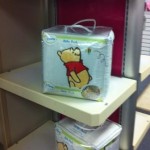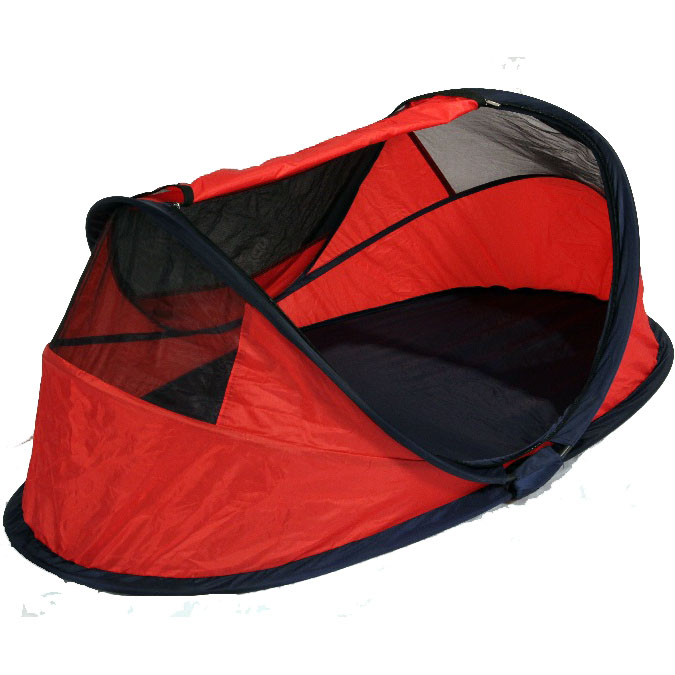 Early in 2010, KID learned of two deaths involving crib bumper pads. One was six month old Aiden in Texas, the other, 2 month old Preston in Alaska. These preventable deaths strengthened our resolve to warn parents about the dangers of crib bumper pads. KID had begun addressing the issue after the 2007 release of ground-breaking research by Dr. Bradley Thach showing a link between crib bumper pad use and infant death.
Early in 2010, KID learned of two deaths involving crib bumper pads. One was six month old Aiden in Texas, the other, 2 month old Preston in Alaska. These preventable deaths strengthened our resolve to warn parents about the dangers of crib bumper pads. KID had begun addressing the issue after the 2007 release of ground-breaking research by Dr. Bradley Thach showing a link between crib bumper pad use and infant death.
Flash forward to today. Chicago became the first municipality to ban the sale of crib bumper pads in April 2012 and Maryland is poised to follow suit June 21, 2013. The Chicago Tribune has done groundbreaking coverage of the issue and Maryland Department of Health and Mental Hygiene did over a year of research and consulting experts before proposing their ban. After years of silence on the issue, the U.S. Consumer Product Safety Commission (CPSC) is taking action.
Last week, CPSC voted 3-0 to grant the petition of the Juvenile Products Manufacturers Association (JPMA) to begin rulemaking to address hazards that may be posed by bumpers. While JPMA had been looking for a quick adoption of the industry standard that simply says one type of bumper is safe, CPSC will go beyond that to review the science, evaluate testing procedures and performance standards that might lead to safe bumpers and then make a decision – anything ranging from adopting JPMA’s standard to banning the product.
For the vote, the staff at CPSC prepared a thick briefing packet that reviews the studies that have been done, and takes a close look at 71 fatal incidents in which crib bumpers were present. Among the materials are two reports on those deaths that come to starkly different conclusions. One, by Suad Wanna-Nakamura from the Division of Pharmacology and Physiology Assessment, found as she has in the past that it is hard to say bumpers contribute to deaths. In most of the deaths there were multiple factors and her position is that the known hazard – for instance pillows – is the only hazard.
But in an unusual step, CPSC also included an analysis by NJ Sheers who was Project Manager for the Infant Suffocation Project at CPSC. Sheers’ analysis is more open to looking at bumper pads role in the deaths and concludes that 48 of the deaths were bumper related, similar to the Medical Examiners’ findings in the cases.
So we now begin a process of rulemaking that will end with some action on this issue. But with the American Academy of Pediatrics and almost all other health and safety groups warning against bumpers, will CPSC’s action be too little, too late? Even now retailers outside of Maryland and Chicago are beginning to show cribs with no bumpers, remove bumpers from their packaged bedding sets and even take them off the shelves altogether. What do you think about CPSC’s decision to start rulemaking?
We do believe CPSC’s study and action can address lingering questions about similar products such as mesh liners or vertical bumpers as well as provide guidance on determining how soft is too soft for infant products – after all, many infant sleep products come with padding that looks just like bumpers. We also hope they will look closely at the impact on the safe sleep message of crib bumpers displays in stores and magazines and their continued sale. Telling parents to keep soft items out of cribs while selling pads for them to wrap around the crib is a mixed message at best and might lead parents to assume a similarly padded comforter or pillow is OK.
For now both the staff briefing and the injury and death reports behind it are available at CPSC.gov, along with the record of the commission’s vote. Chairman Tenenbaum has also posted her statement on the decision. KID will continue to follow this closely. In the meantime, it goes without saying – don’t use crib bumpers or any soft bedding in your infant’s sleep environment.


